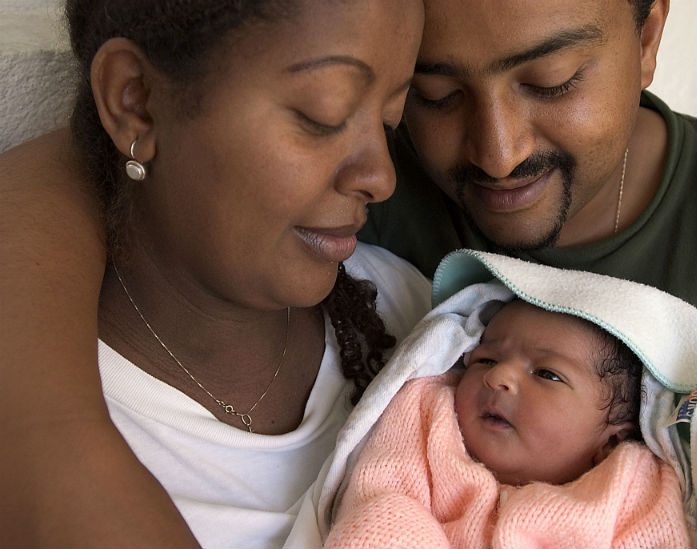Send to a friend
The details you provide on this page will not be used to send unsolicited email, and will not be sold to a 3rd party. See privacy policy.
More generous policies for paid maternity leave can save the lives of babies in developing countries, a study has found.
The paper estimates that each extra month of maternity leave is linked to about eight fewer infant deaths for each 1,000 live births. This represents a 13 per cent reduction — a “pretty sizable” decrease, says lead author Arijit Nandi, an epidemiologist at McGill University in Canada.
“Based on our analysis, I’m fairly convinced that increasing the duration of paid leave is an effective way of reducing infant mortality.”
Arijit Nandi, McGill University
Paid maternity leave improves access to health services before and after childbirth because it provides time, an income and job protection to mothers, helping to reduce anxiety and improve their health, the study says. Maternity leave also increase the likelihood that mothers will breastfeed their child and stick to vaccination schedules, adds the paper, published in PLOS Medicine last week (29 March).
“Based on our analysis, I’m fairly convinced that increasing the duration of paid leave is an effective way of reducing infant mortality,” Nandi says. He adds that his team controlled for other factors that reduce infant deaths, such as GDP (gross domestic product) and national health spending.
The researchers compared rates of infant deaths in two groups of low- and middle-income countries, covering about 300,000 live births between 2000 and 2008.
The first group comprised Bangladesh, Kenya, Lesotho, Uganda and Zimbabwe, which increased their paid maternity leave over that period. The 15 countries in the control group — including Bolivia, Cambodia and Rwanda — did not change their policies and offered an average 12 weeks of paid leave throughout.
Studies have already demonstrated the benefits of maternity leave on child health in rich countries, but this is the first time a study has focused on developing nations, the researchers say.
However, Zulfiqar Bhutta, a child health researcher at the University of Toronto, also in Canada, says “caution should be exercised in extrapolating this to all low- and middle-income countries”.
While the findings are plausible, “the major limitation here is the assumption that maternity leave policies in a country are universally applied, which they are not”, says Bhutta, who also leads a research centre on woman and child health at Aga Khan University in Pakistan.
In response, Nandi admits: “We look at the impact of changing policies but don’t have good data about implementation.”But he points to research in other areas, which suggests that policies improving the conditions of employees tend to have spill-over effects, with those working outside formal employment reaping similar improvements. “We can expect the same thing with maternity benefits,” he says.
References
Arijit Nandi and others Increased duration of paid maternity leave lowers infant mortality in low- and middle-income countries: a quasi-experimental study (PLOS Medicine, 29 March 2016)














